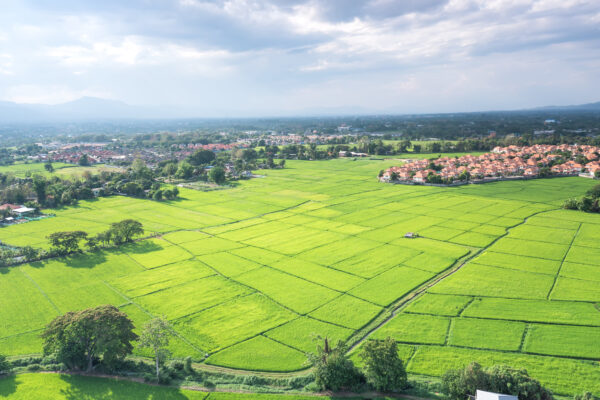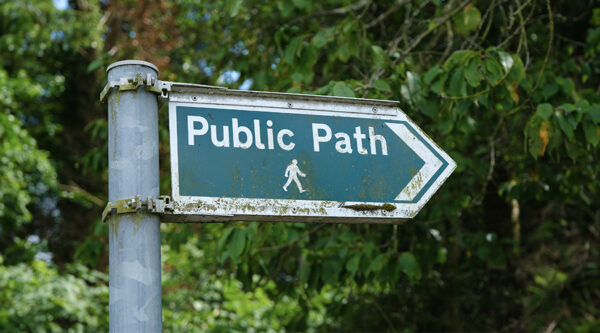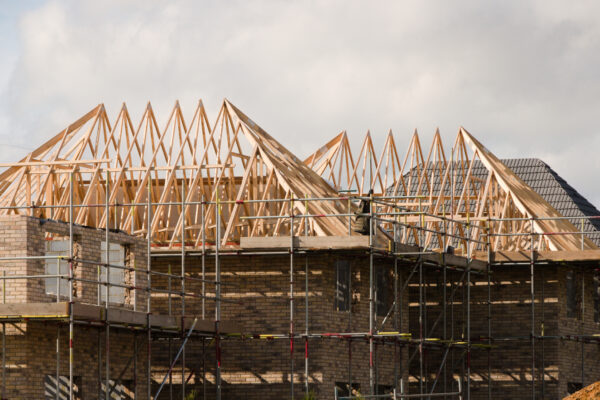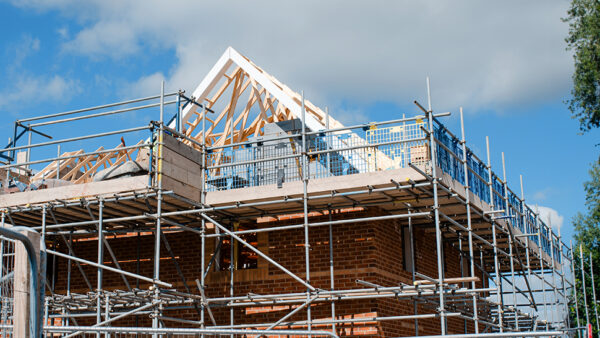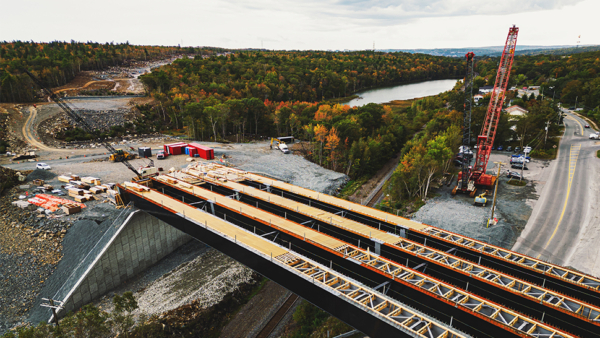
The Labour Government’s changes to the National Planning Policy Framework – will it lead to more development?
26 September 2024
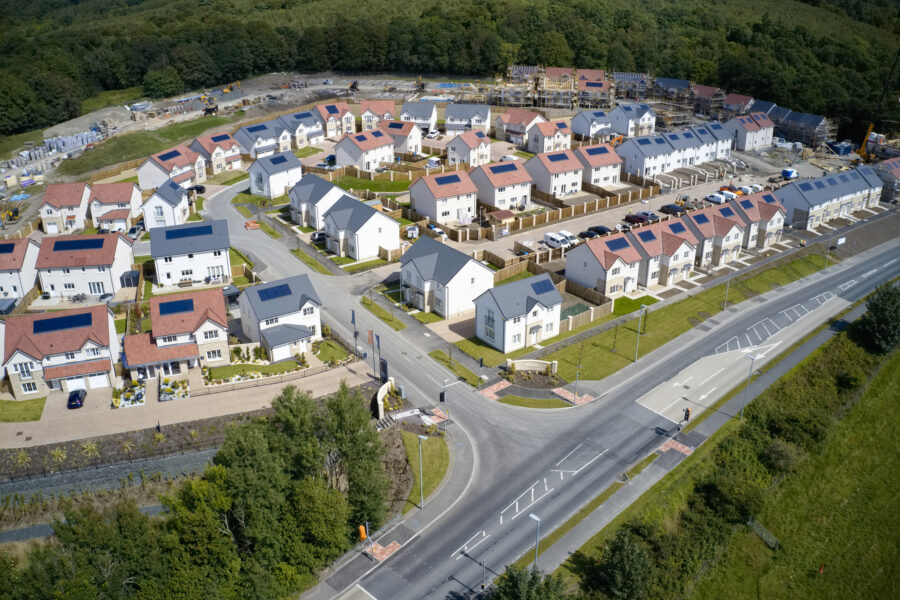
The Labour Government recently launched its consultation on reforms to the National Policy Planning Framework (NPPF). The consultation closed 24 September 2024 with the revised NPPF likely in effect by the end of the year. The reforms are part of wider changes The Government is making to achieve its ambitious target for new homes.
The planning reforms will reinstate the mandatory housing targets for local planning authorities (LPAs) with a new standard method for calculating housing need and an improved presumption in favour of sustainable development. They also scrap the introduction of the infrastructure levy and remove the priority for first homes. Importantly there are key changes to planning policies for the green belt.
What are the proposed changes to the green belt? And what could they mean?
There are three key pillars to the planning reforms for the green belt:
- Mandatory green belt reviews and release of green belt where housing needs are not met
- The introduction of the ‘golden rules’ for major developments of land released from the Green Belt
- The better of use of ‘previously developed land’ as well as ‘grey belt land’ which is of a limited contribution to green belt purposes.
1. Mandatory green belt review and five-year housing land supply
The green belt can be a major obstacle for many LPAs in meeting their mandatory housing targets. As such, the government is proposing that LPAs will be required to undertake a green belt review where they are unable to meet housing commercial or other needs without altering green belt boundaries. Land will be required to be released from the green belt unless the review provides clear evidence that such alterations would fundamentally undermine the function of the green belt across the area of the plan as a whole.
The government proposes a sequential test to guide what land is released from the green belt. LPAs will give first consideration to previously developed land within the green belt before moving on to other grey belt sites, and finally to higher performing green belt sites where these can be made sustainable.
Additionally, where an LPA cannot demonstrate a five-year housing land supply or delivery in the LPA’s area is less than 75% against the Housing Delivery Test, or where there is unmet commercial or other need, development on the green belt will not be considered inappropriate under these reform proposals. This is provided that the development is on sustainable grey belt land, where the ‘golden rules’ for major development are satisfied, and where development would not fundamentally undermine the function of the green belt across the area of the plan as a whole.
2. The golden rules
The government proposes introducing the following ‘golden rules’ for major development on land released from the green belt to ensure it benefits both communities and nature:
- In the case of housing developments at least 50% affordable housing, with an appropriate proportion being social rent. Importantly this is subject to viability.
- Necessary improvements to local or national infrastructure.
- The provision of new, or improvements to existing, local green spaces that are accessible to the public and new residents of housing developments. This is in addition to the mandatory requirement for biodiversity net gain.
3. Grey belt land and previously developed land
The draft introduces the concept of grey belt land within the green belt. This is defined, save for any exceptions, as land in the green belt comprising previously developed land and any other land that make a limited contribution to the five green belt purposes. The five green belt purposes are: to stop sprawl; prevent neighbouring towns merging into each other; safeguard the countryside; preserve the character of historic towns; and encourage brownfield regeneration. The land will also have at least one of the following features:
- Land containing substantial built development or which is fully enclosed by built form
- Land which makes no or very little contribution to preventing neighbouring towns from merging into one another
- Land which is dominated by urban land uses, including physical developments
- Land which contributes little to preserving the setting and special character of historic towns.
Housing in the green belt should not be regarded as inappropriate where the development would use grey belt land in sustainable locations; the golden rules are met; and the development would not “fundamentally undermine” the function of the green belt across the area of the plan as a whole.
Additionally, development proposed on previously developed land (which may be expanded to include hardstanding and glasshouses) in the green belt, and limited infilling in the green belt, would be classed as ‘not inappropriate development’, under the proposed changes.
What are the changes likely to mean?
The proposed changes to the green belt may make it easier with clearer grounds for developers to argue that land should be released from the green belt for building. Conversely it will likely be much harder for LPAs to rely on green belt constraints to avoid meeting their full local housing needs in their local plans.
There will likely be considerable debate between developers and LPAs as to what is grey belt land which certainly in the short term may see more planning applications going to appeal.
The ‘golden rule’ of 50% affordable housing for major residential developments in released green belt is subject-to-viability which will likely be pivotal in how effective that rule is applied. By example, a builder could afford to build 50% affordable housing on a greenfield site in London or the South East, but maybe less so elsewhere.
Certainly, overall, these changes to planning policies for the green belt will likely see changes to its extent and more development within it.
